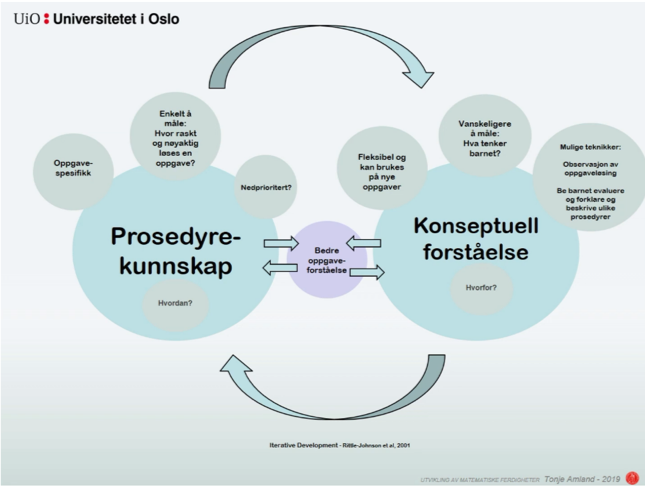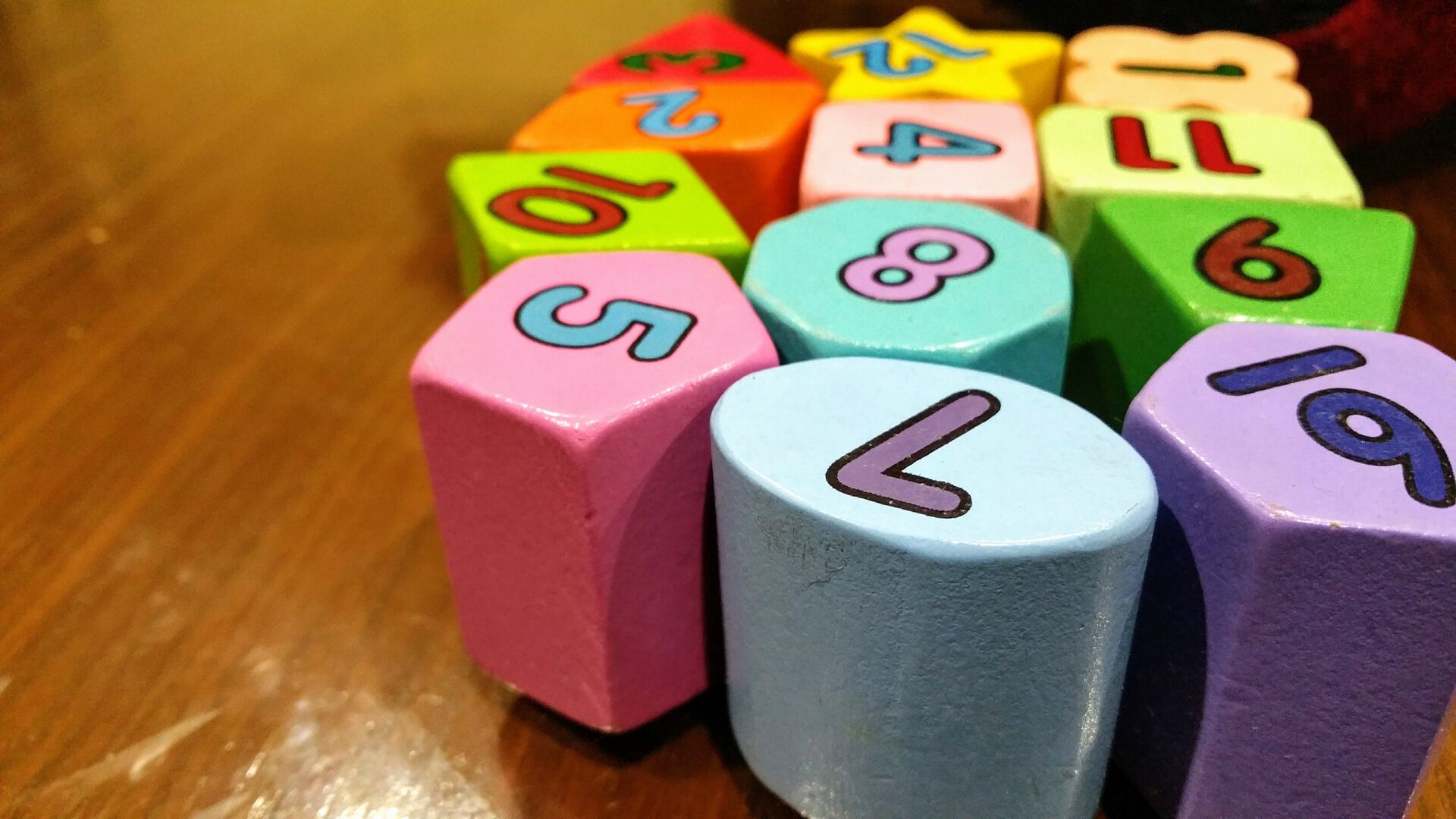Video creation is still time consuming, but it gets easier every time. I’ve chosen to add a personal touch to my videos by using the same intro and outro music in all of the videos, but this is optional and more for fun than anything else. I started out by recording my voice over pre-prepared standard lecture slides and then went on to experiment with illustrations in PowerPoint in later videos. Images, animations and limited amounts of text felt useful for conveying complex ideas and models in a short space of time.

All the videos are less than 15 minutes, so recording is all about getting to the point and less about going off on a tangent (the latter can be nice too, but more on that later).
For each week, I recorded and uploaded three videos a week in advance of the contact session. The actual videos are placed on our Towards Flipped Learning YouTube Channel and then embedded into the week’s page on Canvas where the students can play them directly. By checking the number of video views on our channel, I could assume that most students had watched at least some parts of my videos and I was therefore quite confident that they would come prepared for the first session.
Because not everyone enjoys and learns from group-work to the same extent, I decided to use a mixed approach to the contact sessions. In my first week with the students, I started the session by asking the students to define key concepts from the week’s topic - independently and in their own words. Later in the same session, the students were divided into groups and given a topic related to the terms they had defined. Each group then compared their definitions and discussed discrepancies before reformulating into a definition they all agreed upon. To my joy, the students were very engaged and most of them even voluntarily skipped their break to continue with the work. About halfway into the session, each group presented their definition to the rest of us along with examples of the concepts. As the over-arching topic was counting skills, I had provided them with manipulatives such as building blocks they could use to illustrate a child’s understanding of the counting principles. Several of the groups used the manipulatives in their presentations and gave examples of the steps in children’s counting development. We ended the session with a brief discussion and I had a few minutes to sum up, chat with the students (and to go off on a tangent).

In my second week with the students, the reading list was fairly extensive and I decided it might be useful for the students to formulate questions relating to the literature during their preparation time at home. I asked the students to come to the contact session with at least one question. After making sure that everyone had indeed written down a question or several, they started working in pairs. One student presented their question to the other who attempted to answer before they discussed possible conclusions together. Subsequently, they switched and the second student presented their question to the first. I had made ten ‘extra questions’ which I distributed to the pairs who ran out of things to discuss before the first part of the session was over. After the break, student pairs took turns presenting both questions and answers to the rest of us (many had gotten excellent answers from their peers!). I gave comments and cleared up misconceptions, but it was mostly the students talking and discussing. This was a lot of fun and the two hours passed very quickly. After the session, I made a summary of the questions (both their and mine) along with some references to good sources of answers and uploaded the document to Canvas.
Because the seminars (PBL) related to the SPED4400 course started with the development of mathematical skill as the first topic, I was able to check in with the student’s progress as a seminar leader in the days following the contact sessions. I was very happy when the students told me that they really enjoy the Flipped Classroom and that they consider it a pedagogical approach that ‘forces them to focus and learn, but in a fun way’. I could hardly have asked for a better reward for the hours put into our journey towards flipped learning.